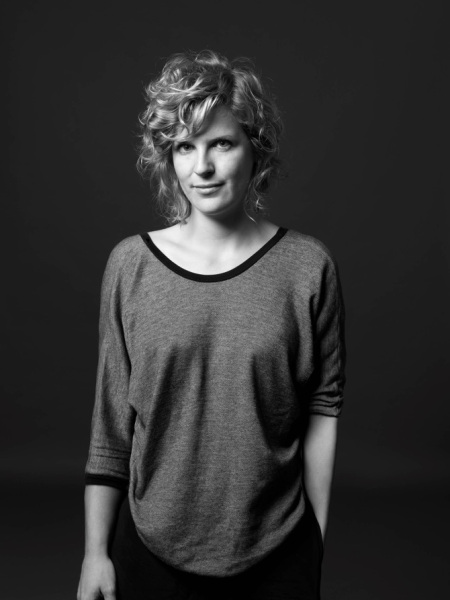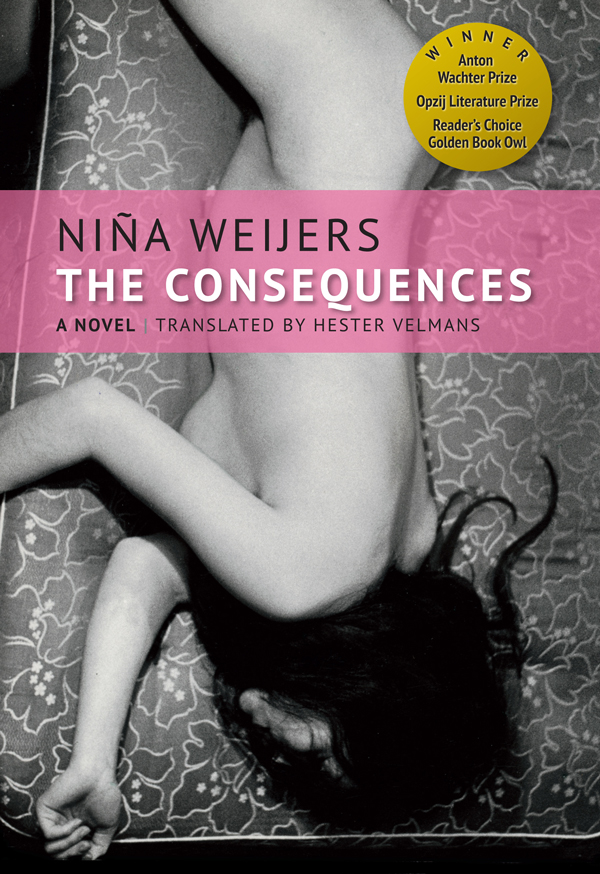Minnie Panis has a problem with existence. Minnie, budding Dutch conceptual artist and central character in Niña Weijers’ debut novel The Consequences, finds the idea of her own existence an excruciatingly difficult one. In this, however, she is not alone. The notion that existence is ephemeral, flickering like a light bulb about to burn out, permeates the idea of contemporary culture that the author articulates throughout the novel. Its reach is both broadly horizontal, defining the production of the art world in which Minnie lives and works, and deeply vertical: it touches quotidian life in all the varied minutiae of its actions, thoughts, and feelings.

Author photo © Annaleen Louwes
In terms of Minnie’s work as an artist, the idea of her own potential non-existence surfaces first in a rather ad hoc 14-minute film, Does Minnie Panis Exist?, which comprises a dizzying montage of 2,095 images of Minnie’s cast-off garbage, assembled over several weeks as a final art-school project. Improbably (or maybe not) the film launches her on a career whose arc is now almost inevitable, and which encompasses both further existence-bracketing projects (Nothing Personal, in which she sells almost all her worldly possessions in order to strip her “self” of any encumbering or extraneous materiality) and an early retrospective (Minnie Panis: Negative Selves), which firmly establishes her reputation despite her putative lack of a self.
In truth, none of these imagined shows seems particularly profound; but that hardly matters since they provide both the background for a gradual unfolding of Minnie’s much more poignant and resonant life story, and the framing narrative for some brilliant meditations on the art of (not) being present.
Born enormously prematurely, Minnie comes into the world as a literally liminal object, hovering on the medical razor’s edge that divides being from non-being; and this fact, although kept from her almost until the novel’s end, has profound consequences for her development: a series of transcendental experiences under the influence of the music of Hildegard of Bingen, which grounded her as an infant in the world of solidity and sense and later provides a terrifying experience of the loss of self that often accompanies profound mystical experience.
At the same time, the novel calls into question the idea that one can effectively efface the boundary between “life” and “art” and thus achieve an affirmation of life as art. Admittedly, the author does suggest that this strategy might conceivably succeed, but only if the artist is willing to take the virtually incalculable risk that it implies: and there are wonderful and insightful digressions on the work of the doomed Dutch conceptualist Bas Jan Ader and Marina Abramovic, the iconic embodiment of the idea of art as personal presence.
For the rest of us, there is still at least the Way of the Tao; but even that is a complicated process of finding by losing, or, to quote A.A. Milne and Minnie’s childhood lunch box: “‘What day is it?’ ‘It’s today,’ squeaked Piglet. ‘My favorite day,’ said Pooh.”
Niña Weijers
The Consequences
translated by Hester Velmans,
Doppelhouse Press.


